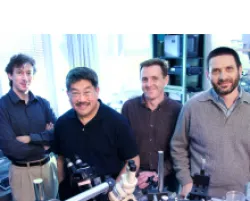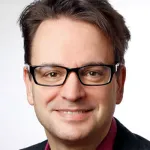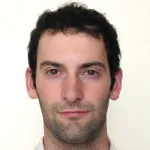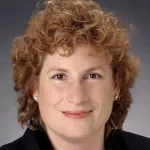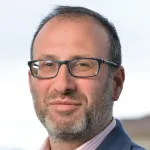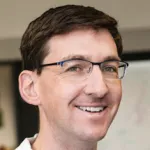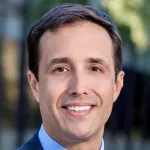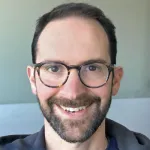
Onn Brandman - Associate Professor of Biochemistry
Dr. Onn Brandman's lab studies how cells sense and respond to stress. They employ an integrated set of techniques including single cell analysis, mathematical modeling, genomics, structural studies, and in vitro assays.
Research areas include:

